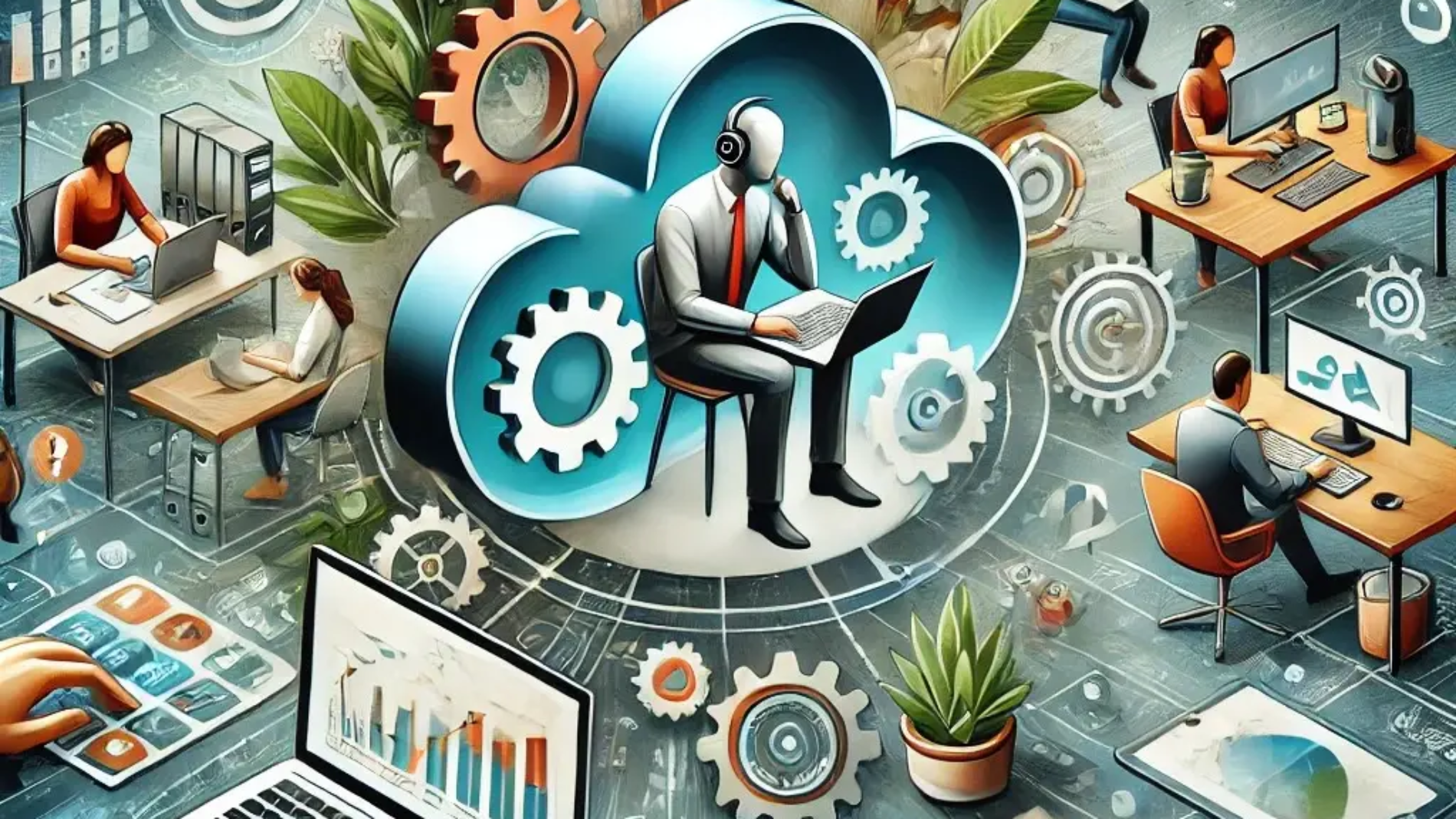In an increasingly interconnected world, smart collaboration and the ability to work from anywhere are more important than ever. As businesses and individuals face the challenges of remote work and hybrid teams, next-generation collaboration solutions have emerged to address these evolving needs. These solutions leverage advanced technologies, seamless communication tools, and adaptive work environments to enhance productivity and ensure smooth teamwork, regardless of location.
Proactive Communication Tools
One of the key features of smart collaboration solutions is the emphasis on proactive communication tools. Traditional collaboration tools often rely on basic chat and email. However, modern solutions provide unified communication platforms that integrate video conferencing, instant messaging, file sharing, and project management. By bringing these tools into a single interface, teams can communicate and collaborate more effectively, reducing the time lost in managing multiple applications.
Latest News: Recent reports indicate that leading collaboration platforms, such as Microsoft Teams and Zoom, are increasingly integrating AI-driven features like real-time transcription, automatic language translation, and sentiment analysis to improve communication effectiveness and inclusivity.
Artificial Intelligence and Automation
Artificial Intelligence (AI) and automation are at the forefront of next-generation smart collaboration solutions. AI-powered assistants can help schedule meetings, manage workflows, and analyze team performance. Machine learning algorithms can provide personalized recommendations for task prioritization and suggest relevant documents or contacts, improving productivity. Automation reduces the burden of repetitive tasks, allowing team members to focus on creative and strategic work.
Latest News: AI-driven collaboration tools, such as Google’s Duet AI for Workspace, are seeing rapid advancements, with new features aimed at improving real-time collaboration and automating mundane tasks like meeting notes and action item tracking.
Cloud-Based Solutions
The rise of cloud-based collaboration tools has been instrumental in enabling work from anywhere. Cloud solutions provide secure access to files, applications, and communication channels from any location, ensuring that team members can stay connected and productive regardless of their physical location. Cloud-based platforms also facilitate better document version control and real-time collaboration, allowing multiple users to work on the same document simultaneously.
Latest News: Major cloud service providers like AWS, Microsoft Azure, and Google Cloud are enhancing their collaboration tools to provide more robust security, integration with third-party apps, and scalability to meet the needs of remote teams.
Virtual and Hybrid Workspaces
Smart collaboration solutions support both virtual and hybrid workspaces, providing tools to manage in-office, remote, and hybrid employees seamlessly. Virtual meeting rooms, digital whiteboards, and augmented reality (AR) features are making remote collaboration more interactive and engaging. Hybrid work environments benefit from solutions that help manage office space, schedule on-site days, and facilitate team bonding activities for in-person and remote participants.
Latest News: Companies like Meta and Microsoft are investing in augmented reality and virtual reality (VR) tools to create immersive virtual meeting experiences. Meta’s Horizon Workrooms and Microsoft’s Mesh for Teams are early examples of using VR and AR to bring remote teams closer.
Secure Collaboration
Ensuring security while collaborating from anywhere is crucial. Smart collaboration tools come with built-in security features such as end-to-end encryption, secure authentication, and compliance with data privacy regulations. A Zero Trust approach is often implemented to verify users and devices before granting access to sensitive resources, ensuring that data is protected from unauthorized access.
Latest News: As hybrid work models become more common, cybersecurity threats targeting collaboration platforms have increased. In response, companies like Zoom and Microsoft have introduced new security features, including enhanced encryption and identity verification, to protect virtual workspaces.
Adaptive Workflows and Productivity Analytics
Smart collaboration solutions also provide adaptive workflows that adjust to the needs of different teams and projects. They integrate with other business tools such as CRM systems, project management software, and HR platforms to create a cohesive work environment. Additionally, productivity analytics provide insights into how teams work, identifying areas for improvement and helping managers make data-driven decisions to boost performance.
Latest News: Productivity analytics tools are gaining traction, with platforms like Microsoft Viva and Atlassian providing detailed insights into work habits, collaboration patterns, and employee well-being, helping organizations optimize their work processes and support employee health.
The Future of Collaboration
As remote and hybrid work continue to be the norm, the need for next-generation smart collaboration solutions will only grow. The future will likely see even greater use of AI, augmented reality, and IoT to create connected and immersive work environments. Organizations must invest in advanced collaboration tools to ensure that their teams remain engaged, productive, and innovative, regardless of where they work.
Latest News: Experts predict that the future of work will involve even more seamless integration between the physical and digital worlds, with technologies like AI, AR, and wearable devices playing a significant role in keeping teams connected and productive.
Smart collaboration and work-from-anywhere solutions are about being adaptable, proactive, and leveraging advanced technologies to ensure effective teamwork and productivity in a dynamic work landscape. By investing in these tools, businesses can create a more flexible and resilient work environment that meets the needs of their employees and clients.

